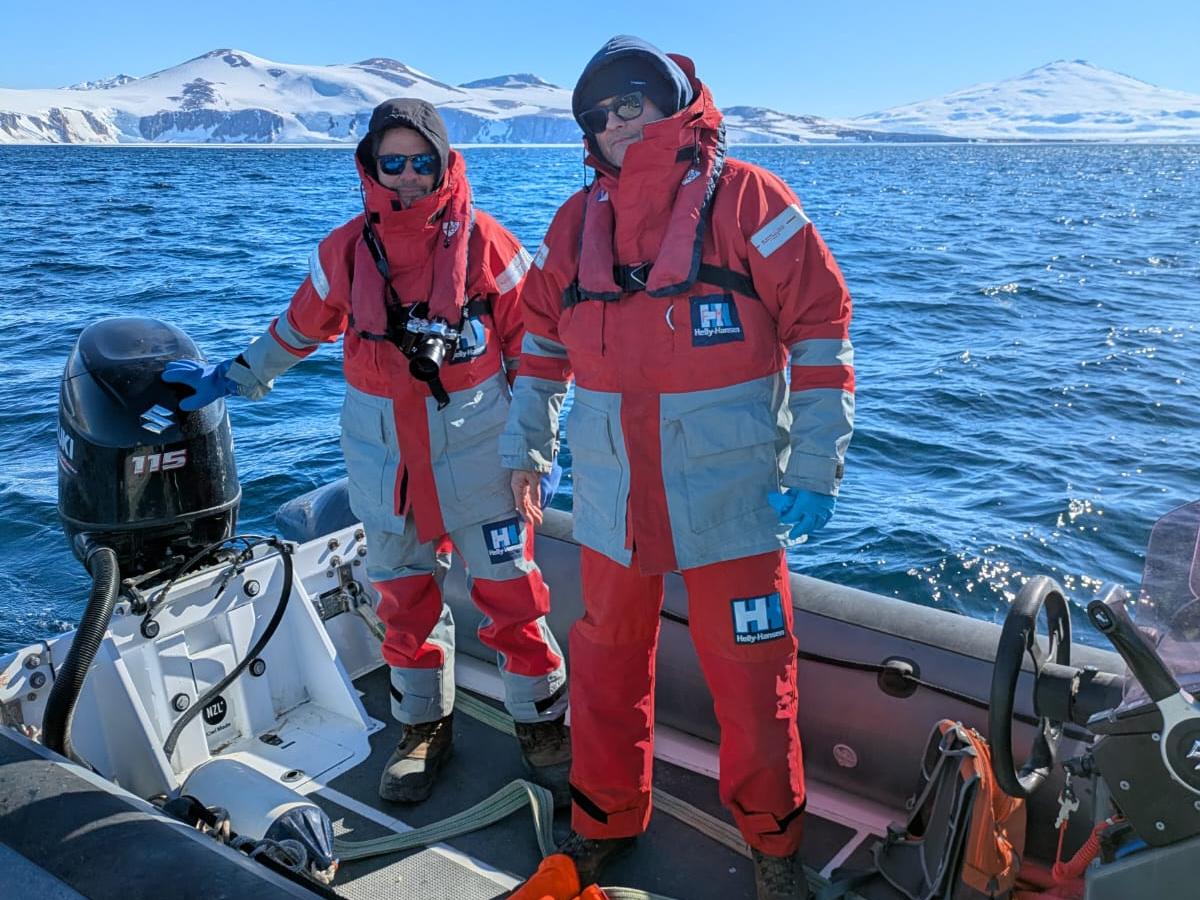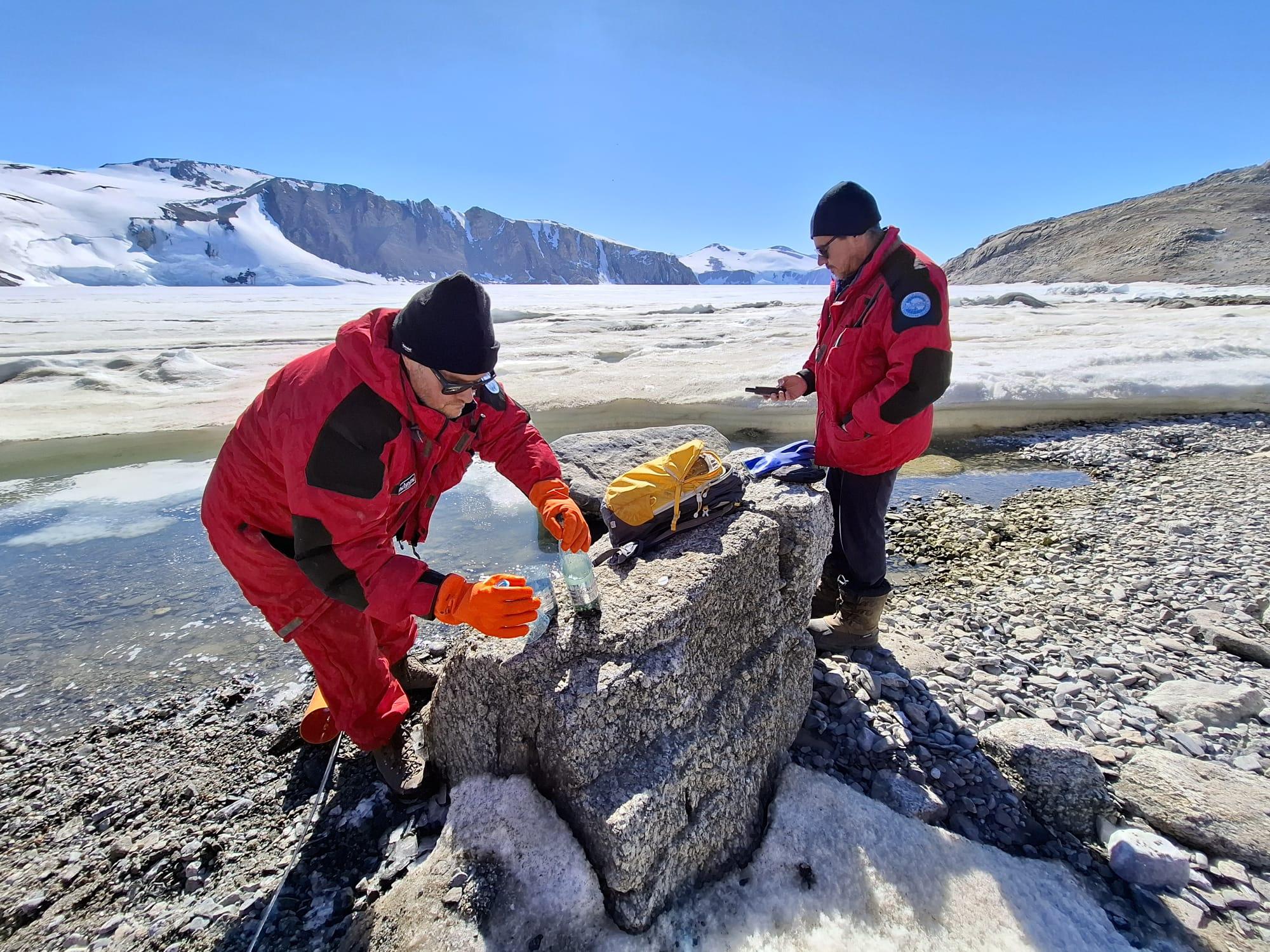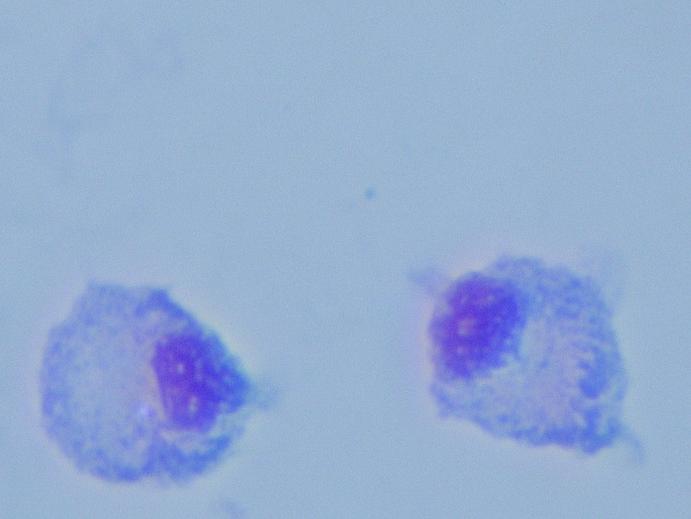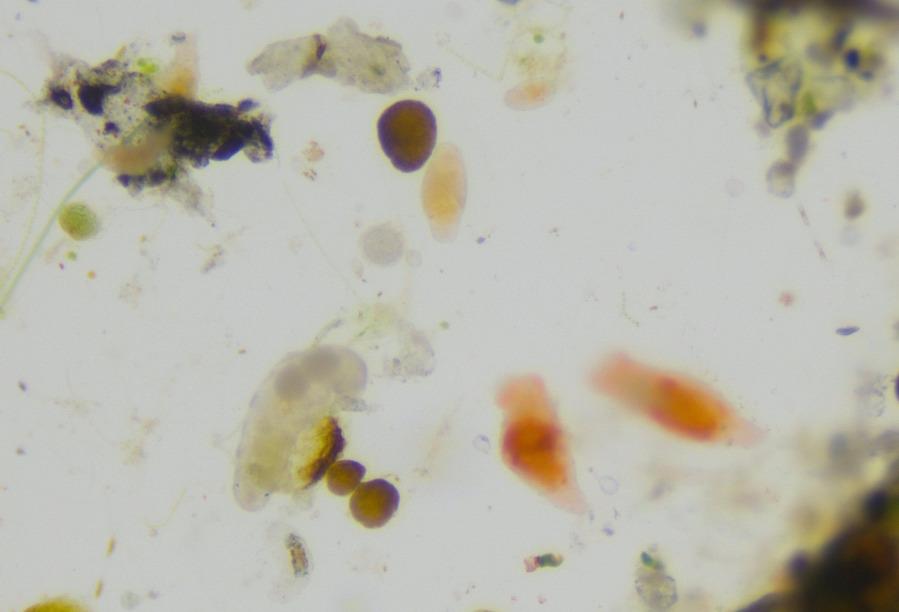- Acronym
- DIMANT
- Code
- PNRA_0000059
- Anno
- 2022
- Research area
- Life science
- Specific research topic
- DIMANT studies Antarctic sentinel species immune recognition and responses at subzero temperatures.
- Region of interest
- Terra Nova Bay
- PI
- Alberto Pallavicini
- PI establishment
- University of Trieste
- Institutional website
- https://dsv.units.it/en/research/researchareas/researchgroups/18400
- Other institutions and subjects involved
- Università della Tuscia, Università di Camerino, Università di Palermo, IBBC-CNR
- Consistency of the research team
- Project status
- In progress
- Main stations used
- MZS
- The project
The DIMANT project focuses on investigating cellular immune recognition mechanisms in Antarctic marine organisms, specifically sentinel species in the Ross Sea. It aims to decode the molecular and cellular processes involved in self/nonself recognition and immune responses under subzero temperatures. The multidisciplinary approach includes isolating immune cells (immunocytes) from diverse eukaryotic species such as sponges, anthozoans, bivalve mollusks, teleost fishes, and unicellular protists.
Key research objectives involve defining immunocyte morphology and testing in vitro immune responses through assays like phagocytosis, cytotoxicity, viability, and exosome production. Advanced transcriptomics and bioinformatics techniques will identify molecular markers, including pattern-recognition receptors and bioactive molecules, enabling biochemical and structural characterization of immune factors. The project aims to bridge significant knowledge gaps in Antarctic species’ immunobiology and investigate biomarkers to assess the impact of environmental stressors, such as pollution and climate change.
DIMANT’s research activities include coordinated sampling in the Ross Sea - Terra Nova Bay, followed by detailed analyses of gene expression and molecular pathways. It also explores biotechnological applications, such as immune recognition molecules with potential uses in medicine and environmental monitoring. The results will advance our understanding of immune mechanisms in Antarctic ecosystems, provide tools to monitor ecological changes, and contribute to sustainable conservation strategies.
- Images
-
- Motivation, importance of research
- Objectives of the proposal
- Activities carried out and results achieved
- Products




